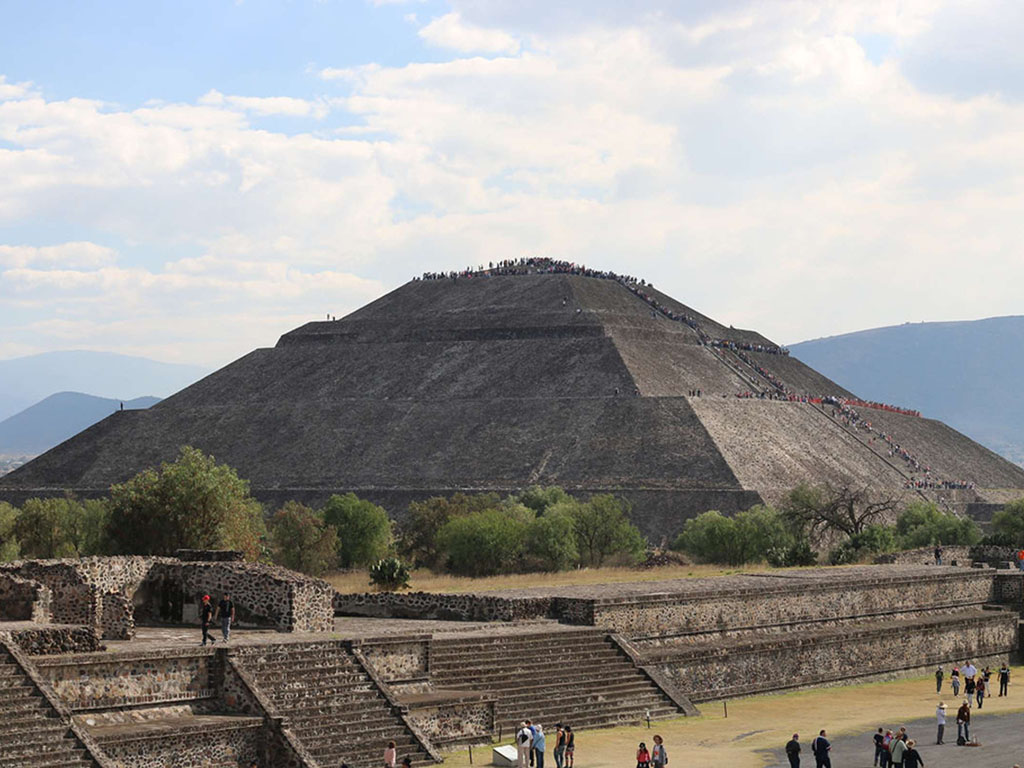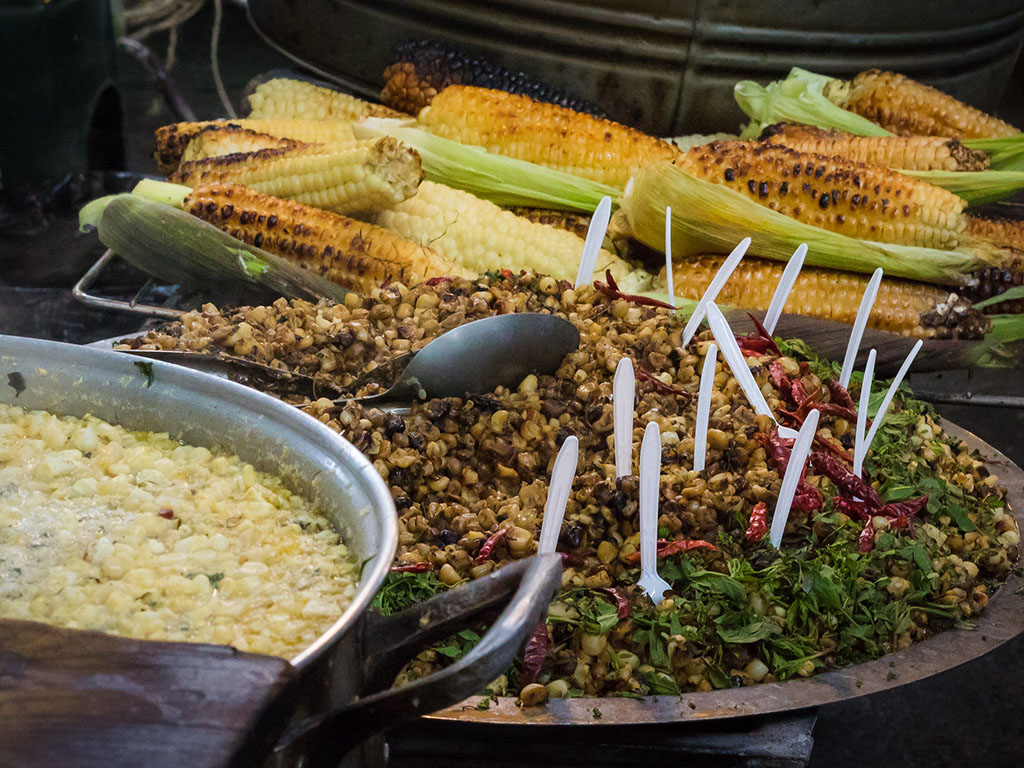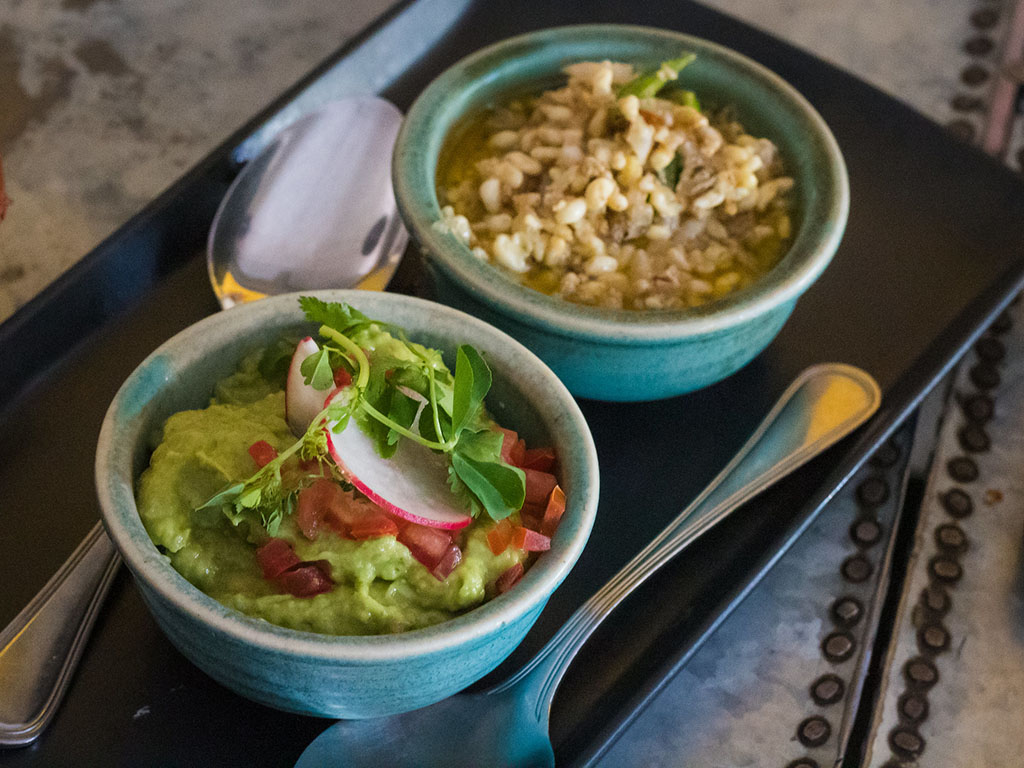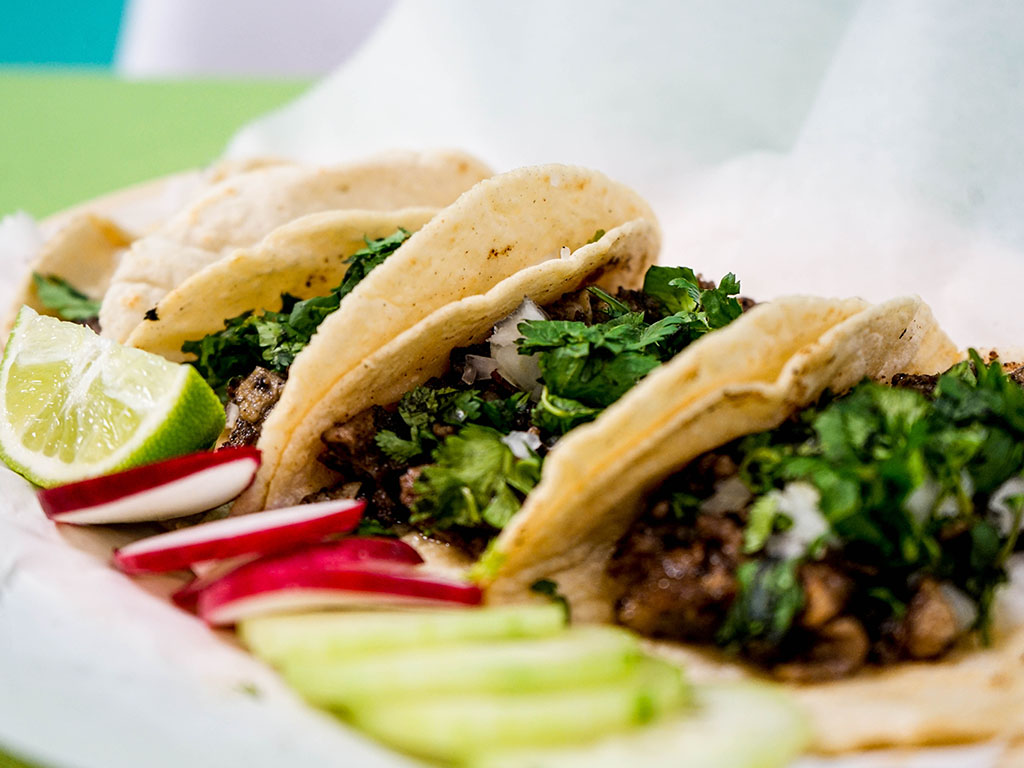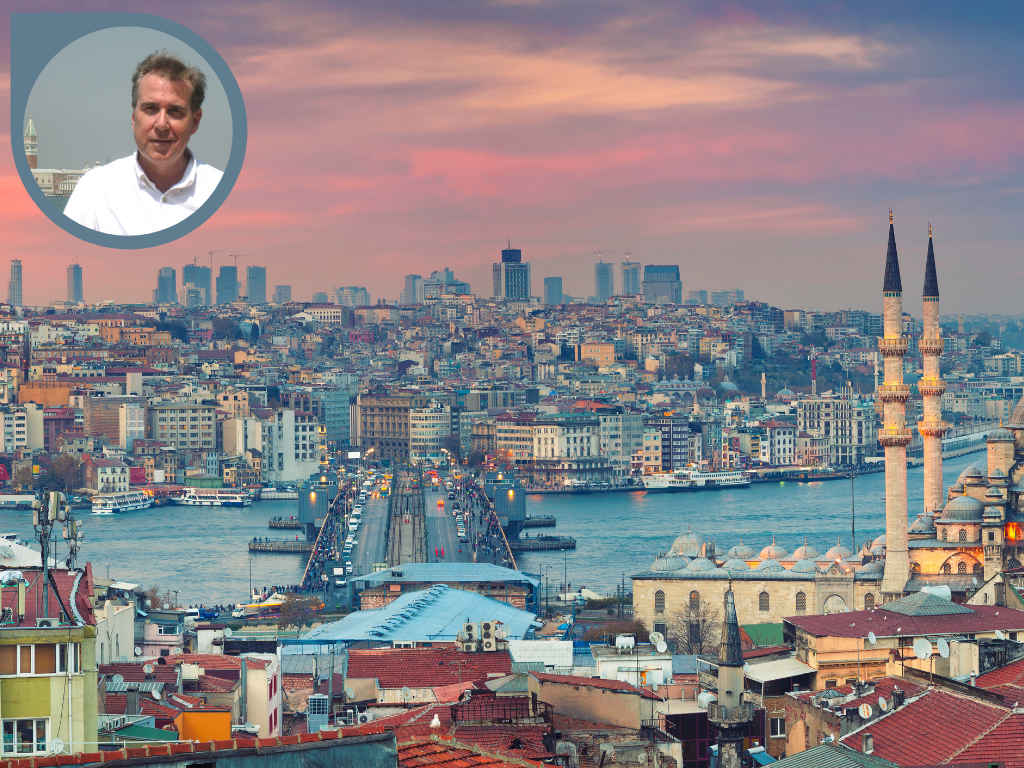Things to Do in Mexico City
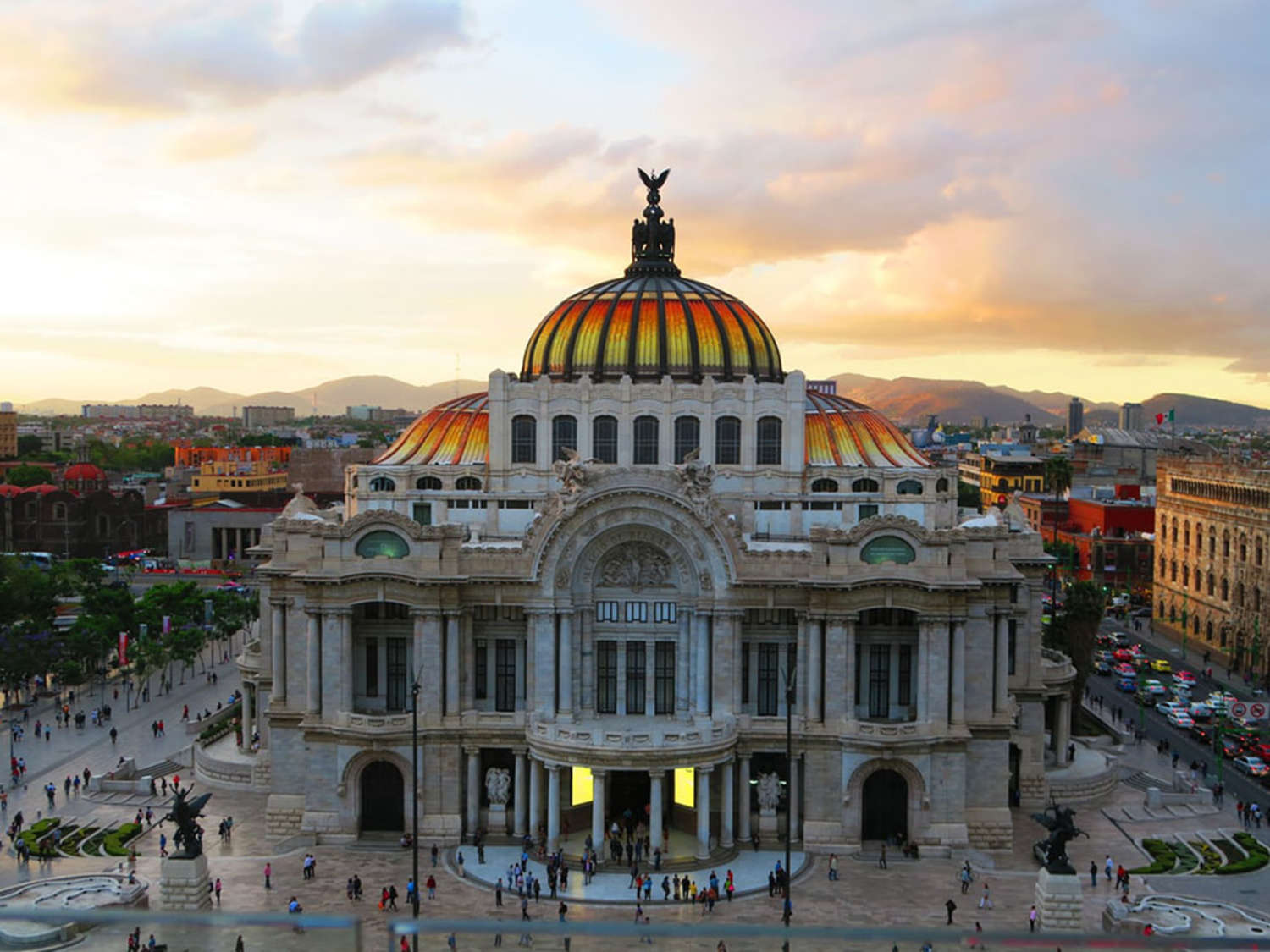
Palacio de Bellas Artes, Mexico City
There’s no doubt that Mexico City (or, CDMX, as it’s often called) is having a moment. And this doesn’t come as a surprise to any of its 21 million inhabitants, or to the influx of visitors that the city has seen over the past few years. So why exactly should this city be on your radar?
We asked our Mexico City experts this very question, and the fact that they all had different responses is testament to the diversity and vibrancy of this incredible capital. To sum it up, expert David says,
“Mexico City is a very diverse place. People will discover that real Mexican culture is the result of a very complex process between different traditions that are reflected in its history, gastronomy, art, and architecture.”
Read on for why we think Mexico City is a worthwhile trip for just about anyone: historians, chefs, artists, and everyone in between.
Mexico City for Historians
Fun fact: the Mexico City area has been continuously populated since 1325, when it was founded by the Mexica (later known as the Aztec) people. The Aztecs dominated, with Mexico City (then Tenochtitlan) as the center of power, until the Spanish conquest in the 1500s. The city continued to be important—renamed Mexico City post-conquest, it served as the capital of New Spain.
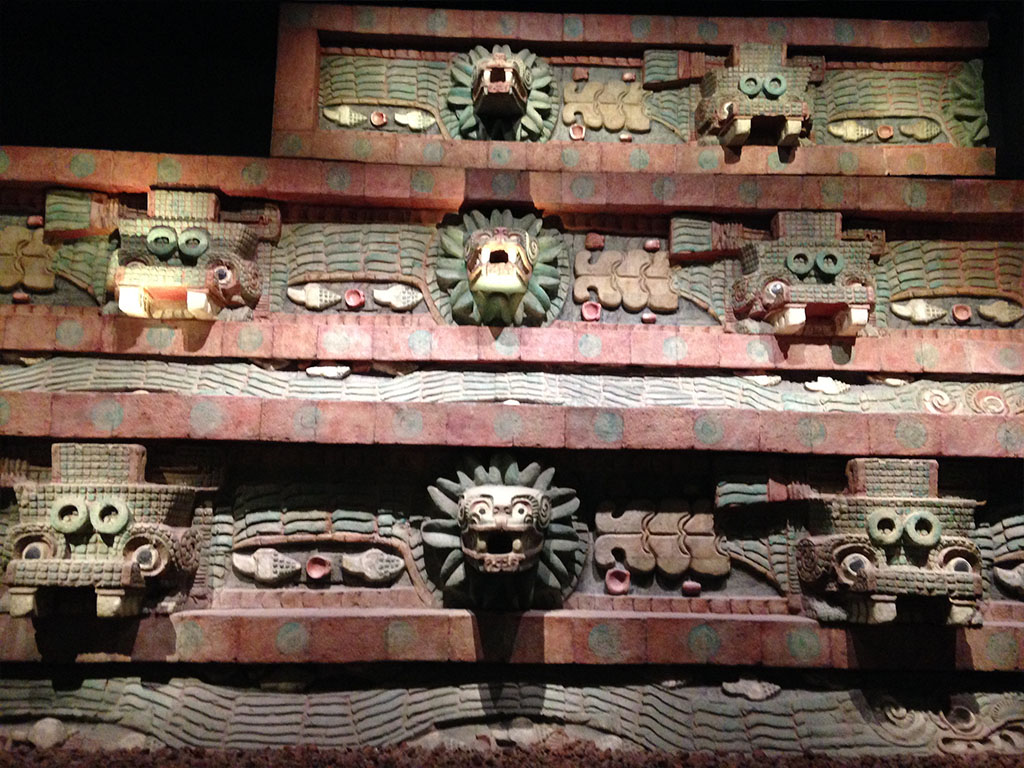
The colonial period lasted until 1821, when Mexico finally won its 11-year War of Independence. Since then, the story of Mexico City has really been a story of massive growth, although not without challenges and setbacks. The city was invaded by the U.S. in the Mexican-American War. Following the War was a period of rapid growth and modernization, under the regime of President Porfirio Diaz. However, after 31 years of rule, the country revolted, ousting Diaz and also marking the start of the Mexican Revolution. The decade-long conflict was led by characters such as Emiliano Zapata, who fought for the rights of the working-class Mexicans against the Diaz regime which espoused advancing the country for the elites.
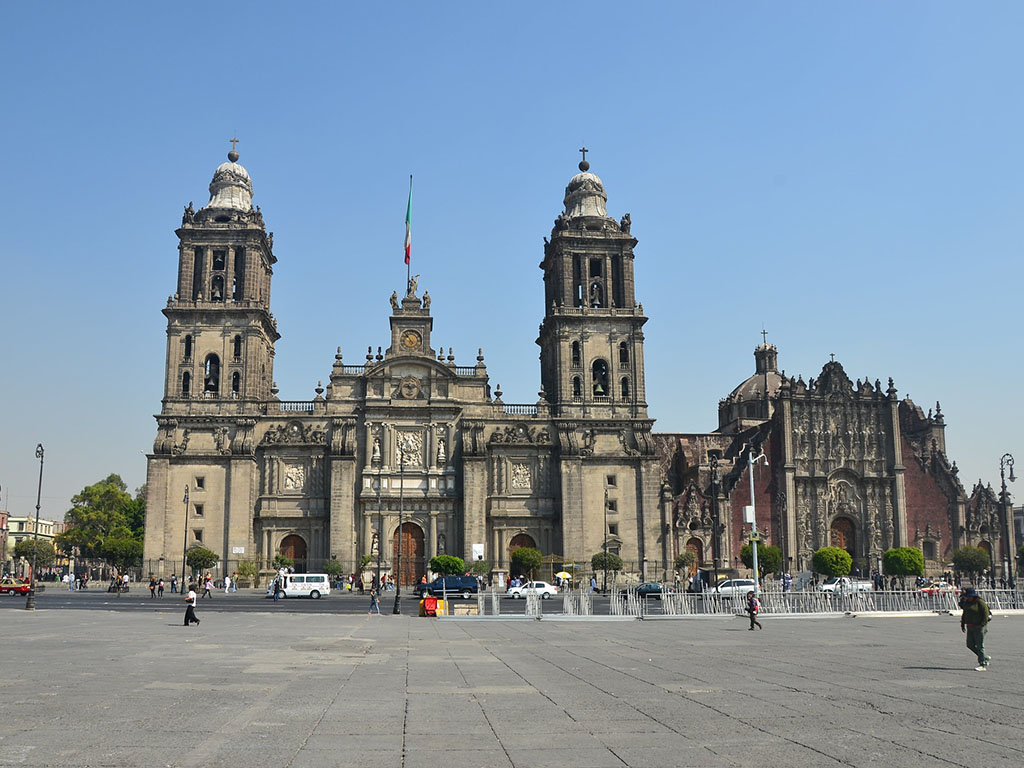
Following the Revolution, the city again went through a period of rapid growth. The population exploded, the economy thrived, and the Olympic Games were even hosted there in 1968, demonstrating the city’s emergence on the global scene.
The amazing story of Mexico City, from ancient to modern times, is enough to capture even the casual historian’s interest. A visit to Mexico City is certainly enhanced by a visit to one of their excellent museums. The National Museum of History (part of Chapultepec Castle) chronicles the city from conquest onward. Going to the museum is a perfect spot to put together your own tour of not only the museum, but other sites in Chapultepec Park.
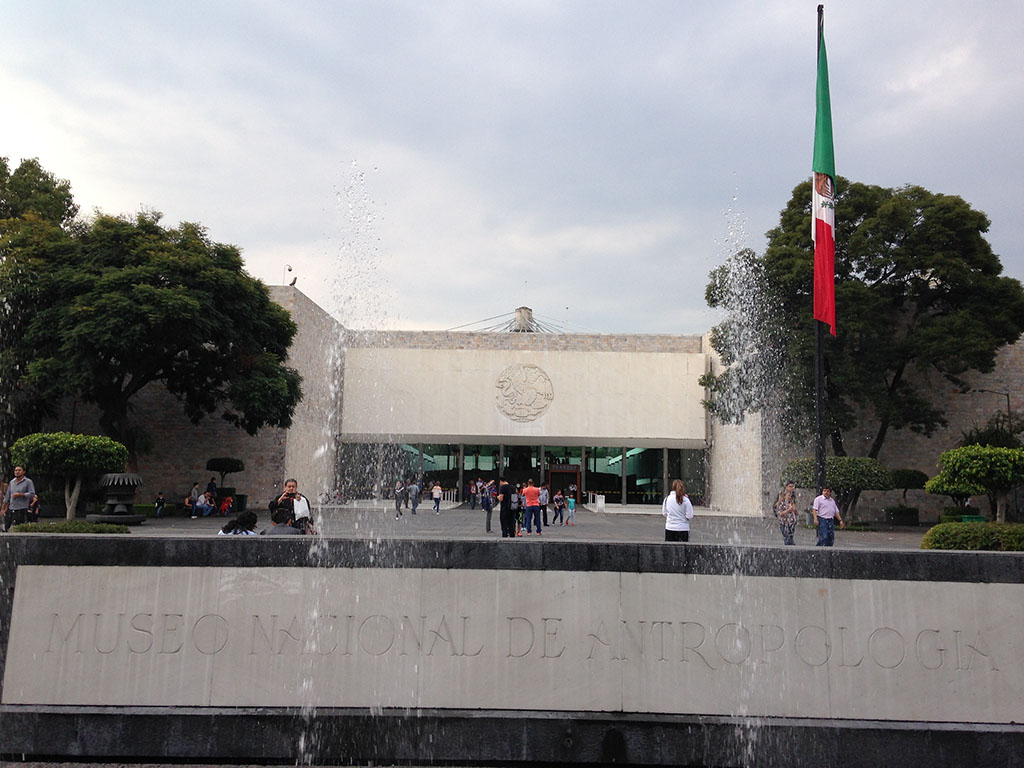
But a true must, even if you aren’t a historian, is the National Museum of Anthropology, a museum unequivocally endorsed by all of the experts we spoke to. Our expert Alejandro asserts, “With remarkable exhibitions of the pre-Columbian cultures that thrived in Mexico, including Teotihuacan, the Olmecs, Paquimé, the Maya, and the Aztecs, anyone interested in ancient art or monumental sculpture must spend at least one day in the National Museum of Anthropology!” (And in fact, the Museum is the most visited of all of Mexico City’s 150 museums!) You can get to know this impressive collection with a historian or anthropologist on our private tour.
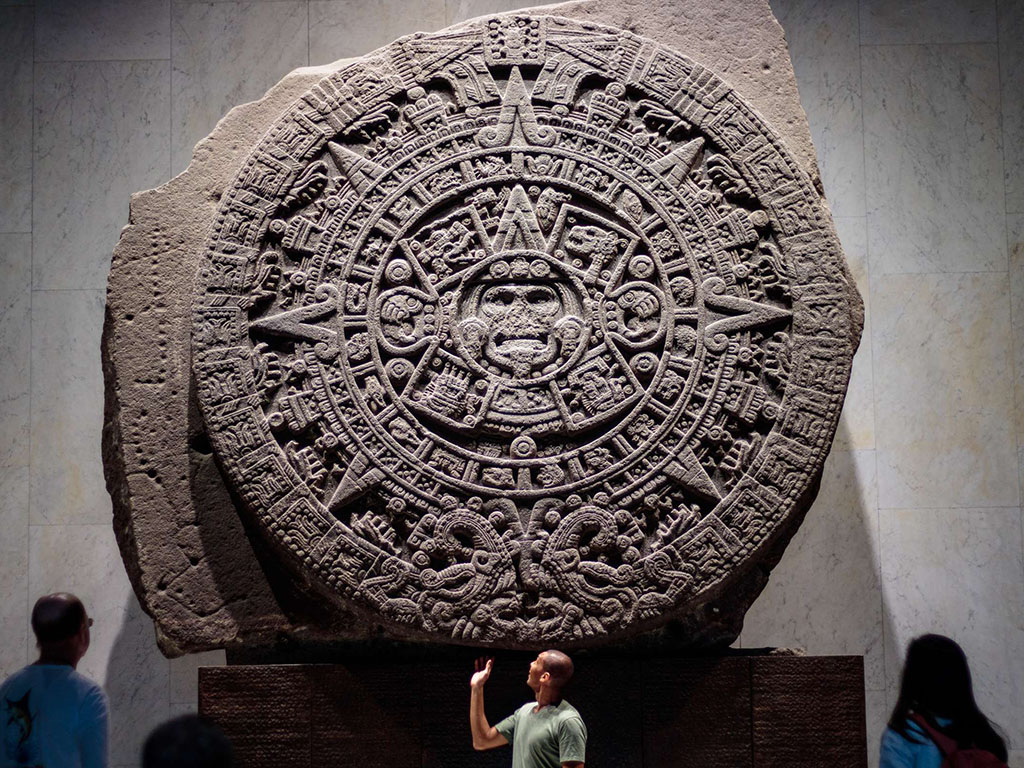
Mexico City for Archaeologists
And, if the National Museum of Anthropology—with its collection of pre-Columbian art and artifacts—tickles your fancy, then we suggest extending your trip. Again, our expert Alejandro:
“Mexico is one of the richest archaeological zones in the world. Central Mexico is one place where archaeologists can analyze the trajectory of urban development in the world, and concretely in the pre-Columbian Americas. Cuicuilco, the earliest city in Central Mexico, flourished around 2000 BC., and its remains [can] be seen in the archaeological park in southern Mexico City.
“Of utmost importance for modern Mexican identity is the Aztec culture. In Mexico City's heart, the Aztec Templo Mayor still peeks amidst the burgeoning capital city of the nation: the most sacred Aztec pyramid may now be visited in the center of Mexico City”
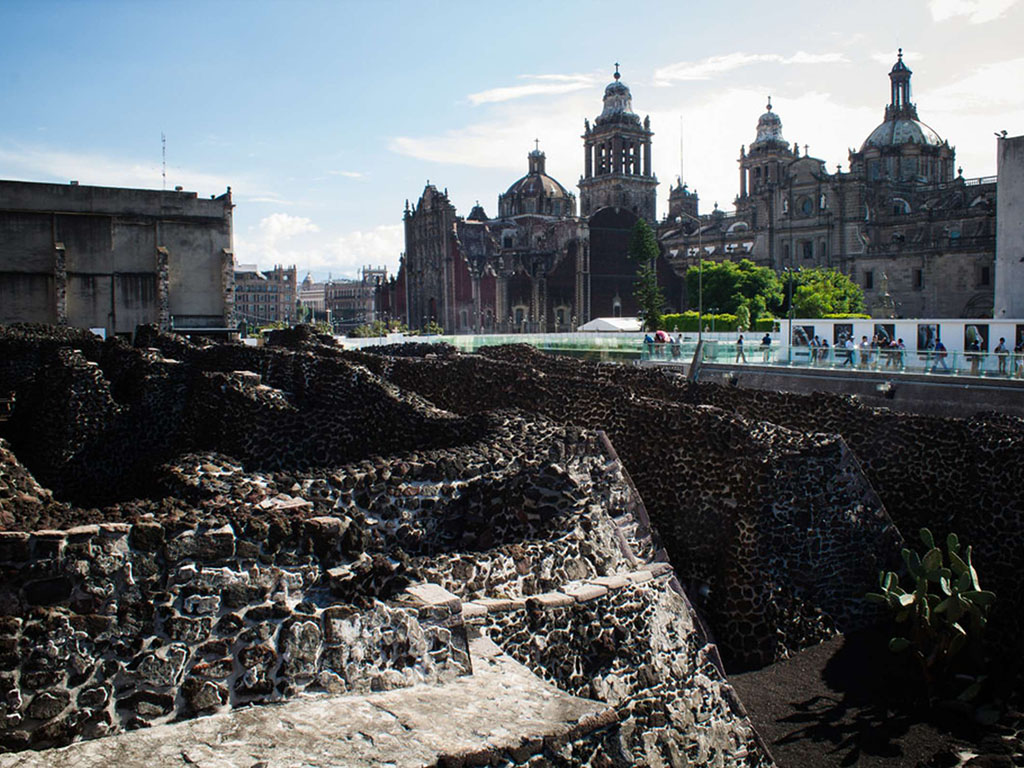
And for those looking for a truly fascinating experience:
“Just 25 miles northeast of Mexico City lies Teotihuacan, [built by an earlier people than the Aztecs], which is the foremost example of grandeur in pre-Columbian metropolises, with awe-inspiring architecture, multicolor murals, as well as an interesting meld between built environment and natural landscape.
Mexico City for Artists
If art of the more modern sort is more up your alley, then Mexico City should still be at the top of your list. It’s impossible to talk about all of the art museums to be found, but we’d be remiss if we didn’t first mention the Frida Kahlo Museum, or Casa Azul, the only other location that was highlighted specifically by all of our experts. More than just a museum, this is where the artist was born, where she lived with her partner, another famed Mexican artist, Diego Rivera, and where she died. The distinctive cobalt walls house not only her art, but also photos and memorabilia from both artists’ lives. (Tip: Get your tickets online ahead of time. The line to enter the museum is often hours long.)
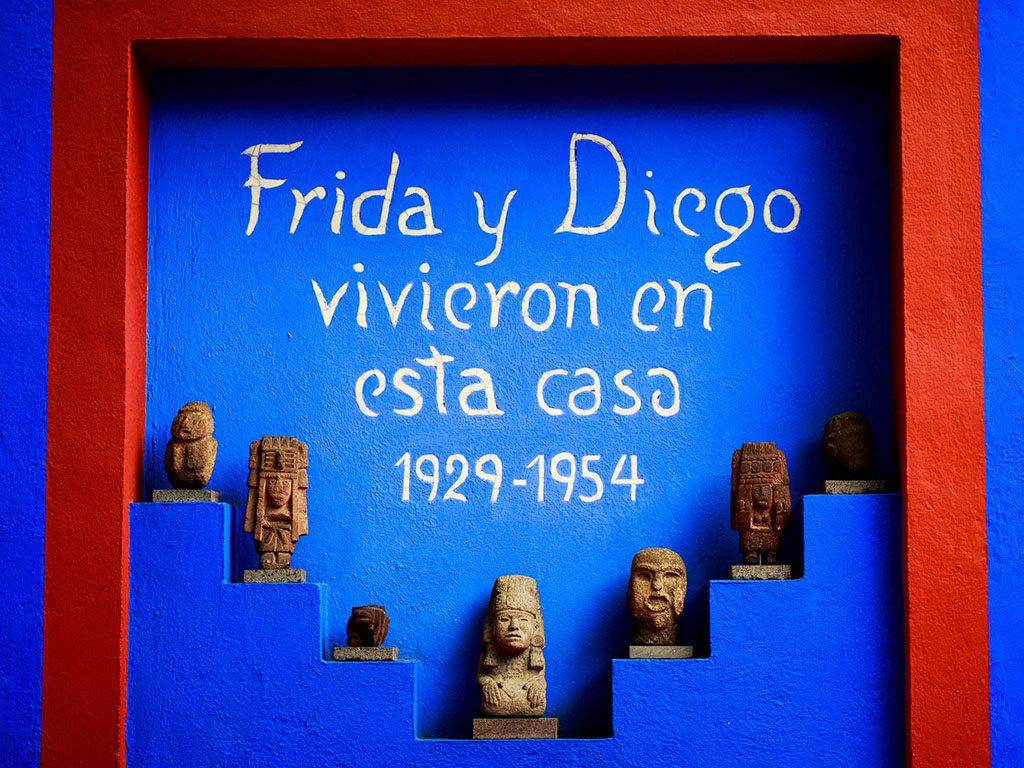
To dive even deeper into this couple’s work, Mexico City has plenty more to offer. In addition to the Diego Rivera murals to be found on the streets of the city, you can find collections at the Museo Estudio Diego Rivera y Friday Kahlo, the Museo Anahuacalli, or the Museo Mural Diego Rivera. (Another point of interest might be The Trotsky Museum, the home of the exiled Soviet leader after he spent several years living at La Casa Azul with Diego and Friday. This museum, as well as the Museo Estudio Diego y Frida and La Casa Azul is part of our Frida and Diego walking tour.)
But there is much more to Mexico City’s art world than Frida and Diego. Interested in contemporary art? Museo Jumex is a great option featuring works by Andy Warhol, Cy Twombly, and Damien Hirst. MUAC (Museo Universario Arte Contemporáneo) features intriguing exhibits from the 1950s onward on the grounds of UNAM, the nation’s largest and most prestigious university, itself a strong example of the city’s breathtaking architecture. The Museo Tamayo is another excellent collection of contemporary art.
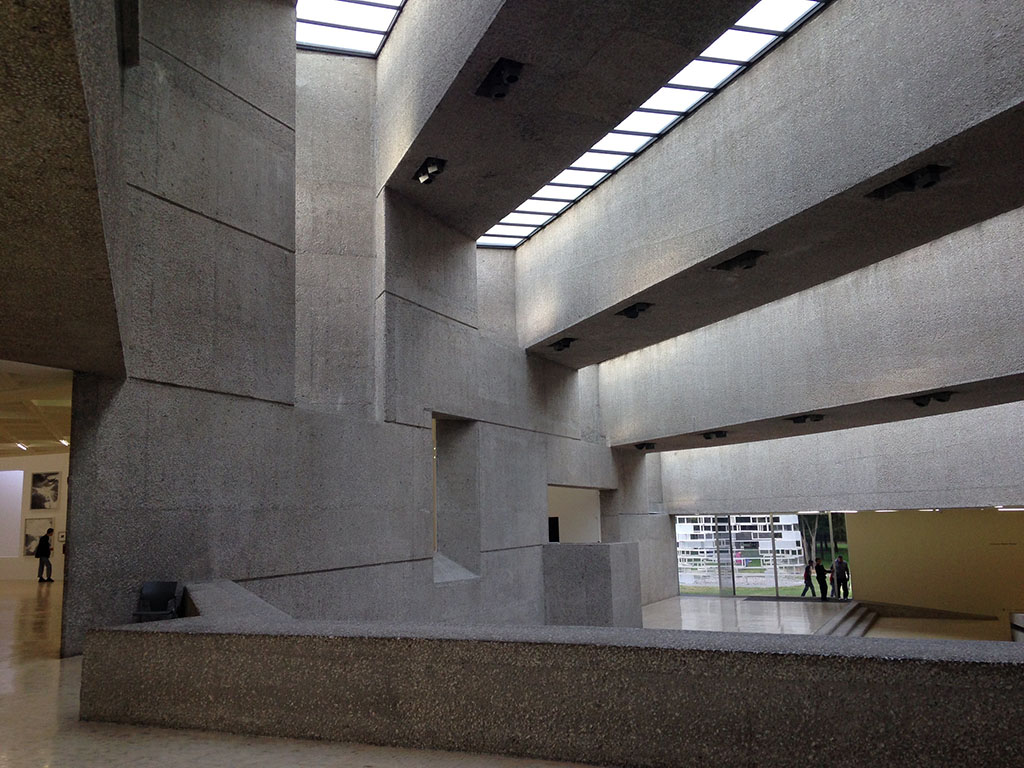
And if modern art isn’t your thing, the MUNAL (Museo Nacional de Arte) features mid-sixteenth to mid-twentieth century art. And for Mexican folk art, the Museo de Arte Popular has a fantastic array of pottery, textiles, and other handicrafts.
But we also want to point out that the city itself is an art museum—CDMX is teeming with magnificent murals and street art. Take a walk around the Roma neighborhood to catch some of the best. Or take a spin around downtown where you’ll great street art on many of the buildings.
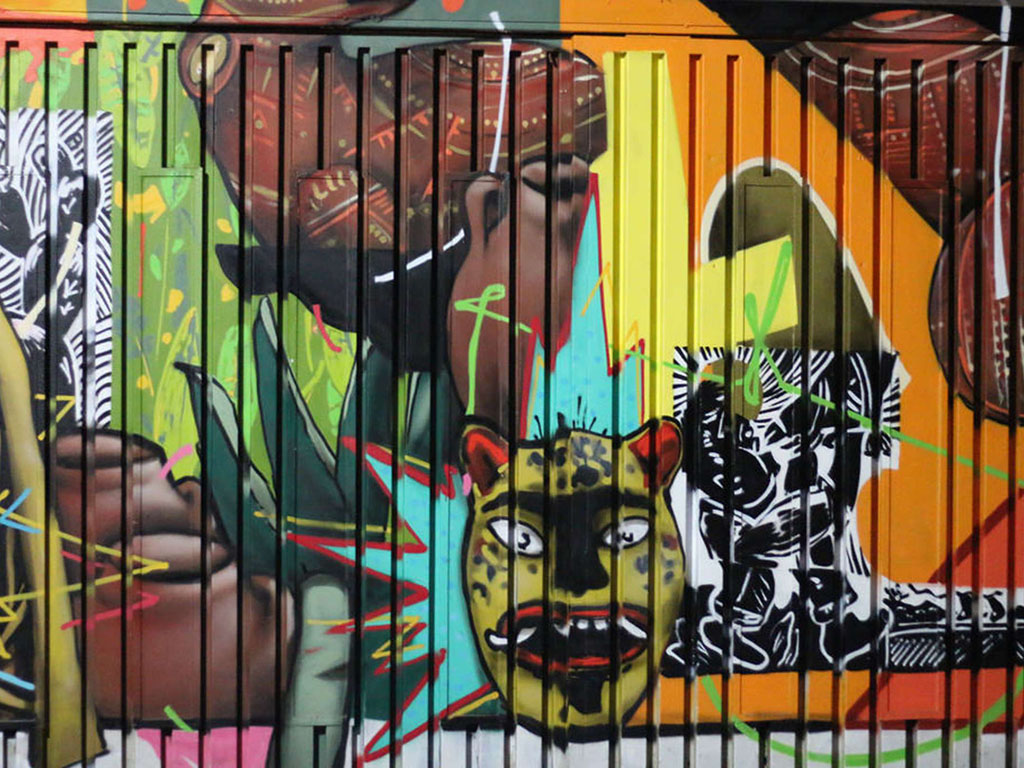
For murals in a less organic setting, you can find a stunning collection of work by Mexican muralists like Orozco, Rivera and Siquieros, housed in the National Palace, Palacio de Bellas Artes, and the Former College of San Ildefonso. The Bellas Artes building also houses the Museo Nacional de Arquitectura (National Museum of Architecture). The Palacio itself is a brilliant example of Mexico City architecture. One of the most iconic buildings in the city, it’s known for its gorgeous Neoclassical and Art Nouveau style with a stunning yellow and orange tiled roof. Which brings us to...
Mexico City for Architects
Architecture is yet another category in which Mexico City shines. Starting with the Zócalo, or the main square in the city center, you can literally see different millenia of architecture collide. Built on top of the old ceremonial center for the Aztecs, the square is just a few steps from Templo Mayor, the remains of a massive Aztec temple from the 14th and 15th centuries. And today the square is surrounded by gorgeous examples of Renaissance, Baroque, and Neoclassical architecture. Paseo de la Reforma is also worth a stroll, featuring the impressive Monumento a la Revolución (which has a great view too!) and the Angel of Independence, among dozens of other monuments and buildings.
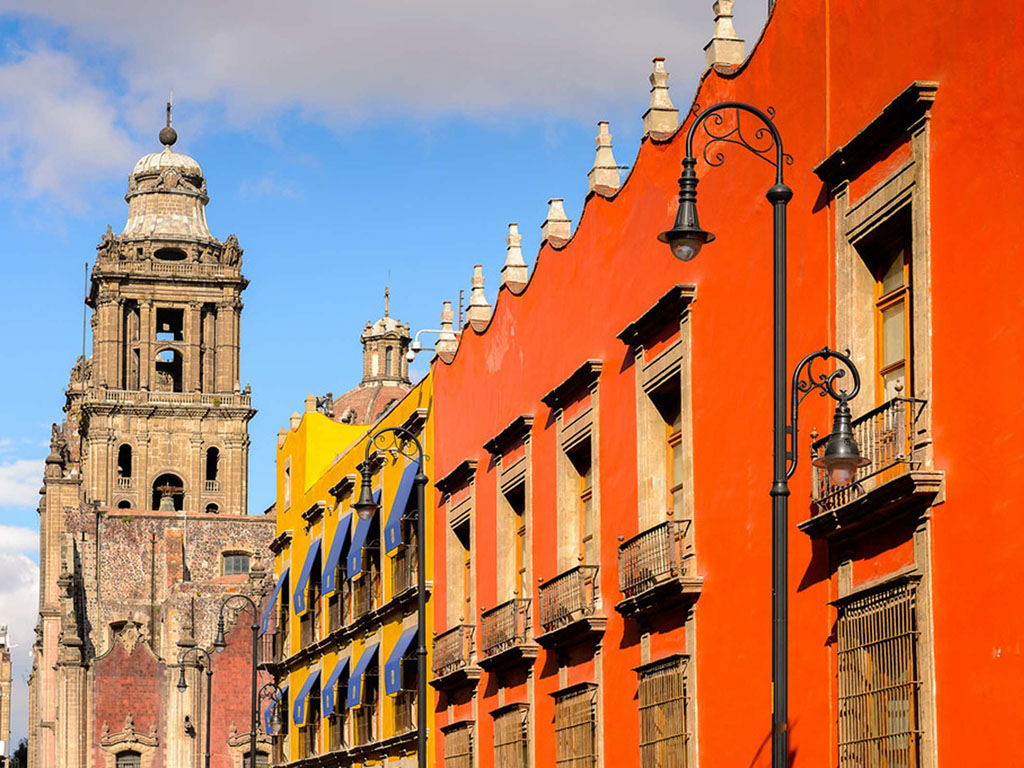
To dive deeper into the city’s architecture, old and new, you can check out the aforementioned National Museum of Architecture. But we also recommend the Casa Estudio Luis Barragán, the home and studio of the Pritzker-winning architect.
Mexico City for Foodies
With all of the museum- and paseo-hopping, you’re bound to get hungry. And Mexico City has almost too many options. If you’re not sold already, here’s expert Diego:
"There's no other regional food in the world that could compare with the authentic Mexican cuisine, with an infinite number of restaurants, food stands and even bike riding tacos de canasta, the international palate would never be tired of trying food as they have never tried it before. We are not afraid to combine sweet and sour, acidic with spicy, bitter and sweet. Mexican food is not afraid of evolving, adapting and always leaving you with a happy face and the many different tastes that will make you want to come back."
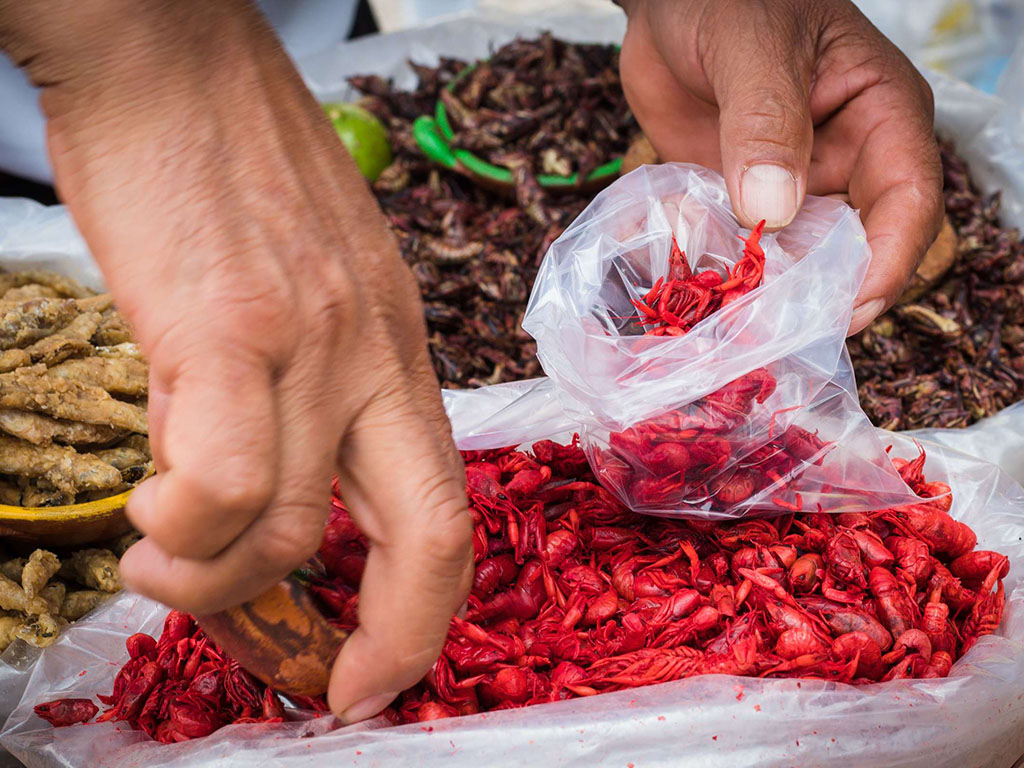
And truly, Mexico City is home to enough street vendors, authentic markets, hip cafes, and high-end restaurants to tickle anyone’s fancy. “From vegan and vegetarian options, to delicious cheap tacos, to fine dining. The price is really not the limit because you can find very good food at any cost,” sums expert guide Santiago.
Of course, we always think a good way to really get to know the heart of a place is by eating like a local. But even that can be hard to pin down. While many cities have one or two regional specialties, when we asked our experts what traditional dishes to try, we got dozens of suggestions of what to try:
Expert Cecilia Maria: [For] remnants of Mexico’s great civilizations, [try] the maize-based foods and chapulines in the market (Mercado de Jamaica or Tamales Doña Emi)
Expert David: Try traditional dishes like, tacos, tostadas, tamales, enchiladas, tlacoyos, sopes, and huaraches.
Expert Diego: My top 5 include: Tacos al pastor, Enchiladas Verdes, Pozole Rojo, an authentic Carnitas Taco, and churros with hot chocolate. (Note: The most traditional cafe serving churros is El Moro, which is often a stop on our Roma food tour.)
Expert Raquel: If you are a foodie you can spend great time at the local markets. It's your chance to try regional dishes from other states like mole oaxaqueño, cochinita pibil from Yucatán, barbacoa tacos from Hidalgo, and a great tortilla not only of yellow corn, but blue, red or purple (depends on the season).
Expert Alejandro was a little more direct in his recommendation: Tacos! Tacos at any hour: barbacoa (lamb steamed in a pit, covered with agave leaves) or carnitas (fried pork) in the morning; carne asada (grilled beef) or fish tacos for lunch; and al pastor or "shepherd style" (roasted marinated pork, with a pineapple slice), and suadero (fried beef) for dinner. Those brave enough to try something exotic, but delicious, can taste beef entrails, such as tripe, liver, cheek, and tongue. Other taco choices are longaniza (spiced Mexican pork sausage), pork chop, birria (stewed goat); or alambre (mixture of roasted beef, onions, peppers, and cheese).
Sweets are as plentiful as the tacos. Mexico City is full of amazing bakeries. Stop in to any and you’re sure to find conchas, a sweet round bread that comes in a variety of flavors.
Those with a more discerning palate still have plenty of options. With two restaurants in the San Pellegrino Top 50, and four restaurants with Michelin stars, it’s safe to say Mexico City has arrived on the fine dining scene. And that’s not to mention the hundreds of other chic restaurants popping up all over.
Post dinner, we suggest taking in Mexico City’s booming cocktail scene. Tequila and mezcal are of course popular choices, but you can also try pulque, a sour liquor made from agave that is popular in central Mexico. (For a fun night on the town, check out our Tequila and Mariachi tour.)
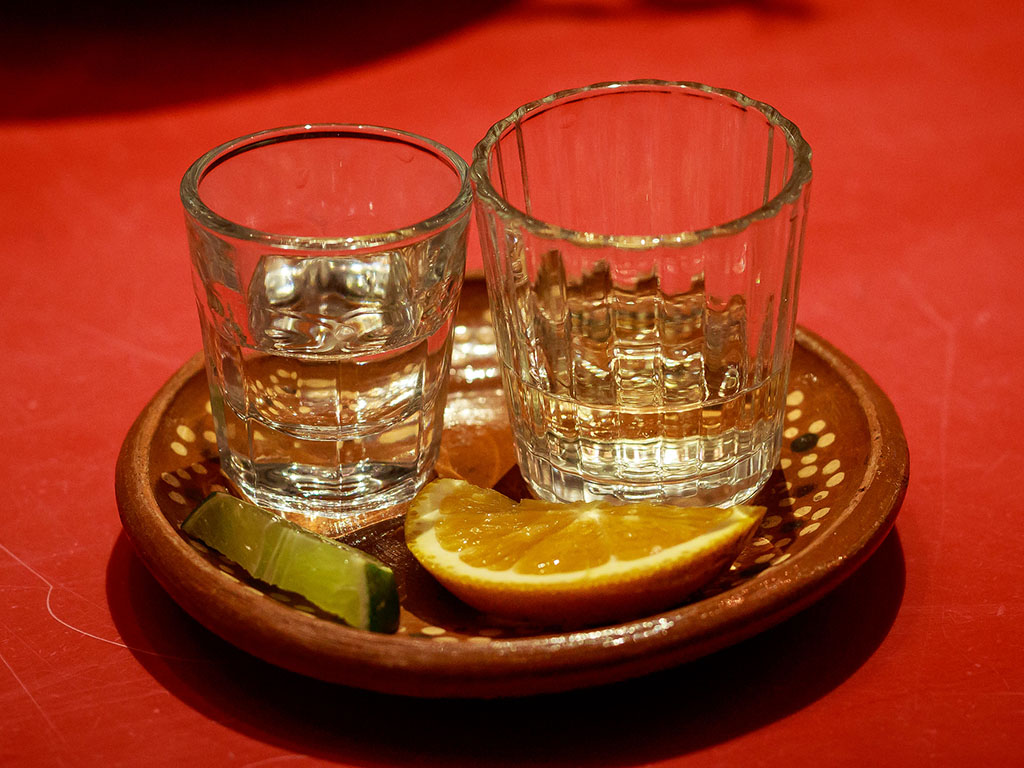
Mexico City for Visitors
With so much to do and see, it’s easy to get overwhelmed. CDMX is definitely a city best seen on multiple occasions. A great start would be our half-day, full-day, or one-and-a half day introductory tours.
If you’re putting together your own itinerary, we’d just remind you that Mexico City is for everyone. Art, history, architecture, food—no matter how you decide to spend your days in this vibrant, multifaceted city, you’ll be sure to want to book another visit even before you leave.
Even More from Context
We're Context Travel 👋 a tour operator since 2003 and certified Bcorp. We provide authentic and unscripted private walking tours and audio guides with local experts in 60+ cities worldwide.
Search by CityKeep Exploring











